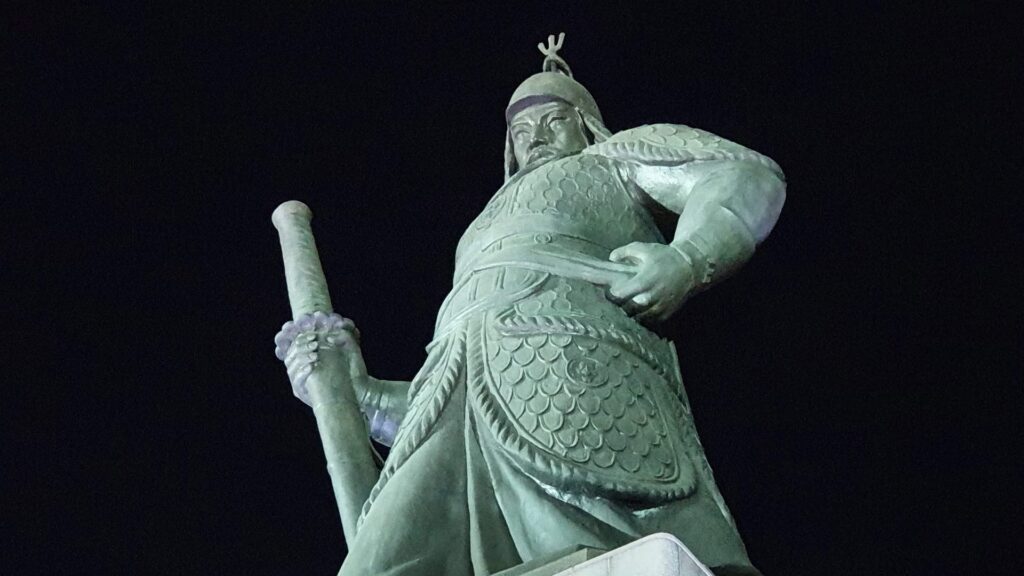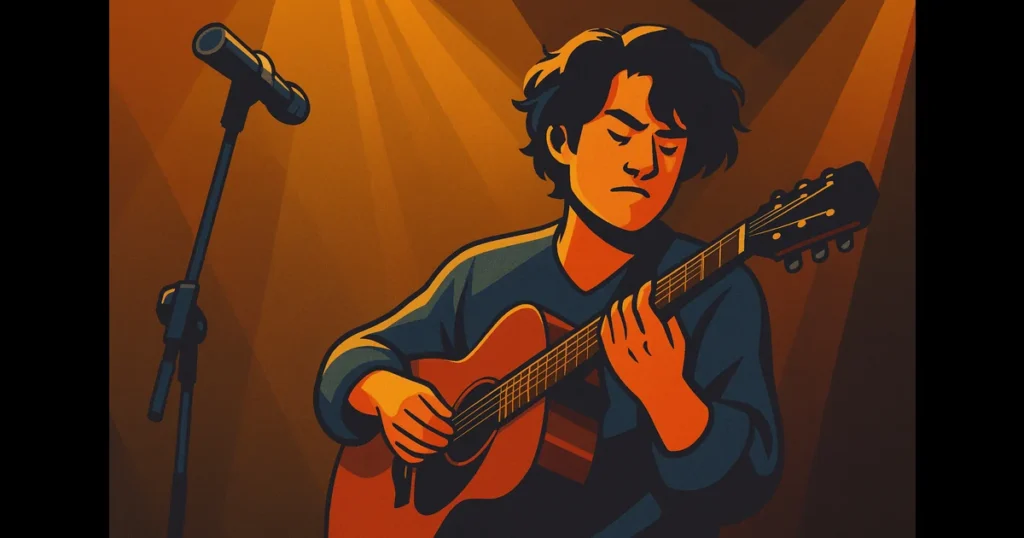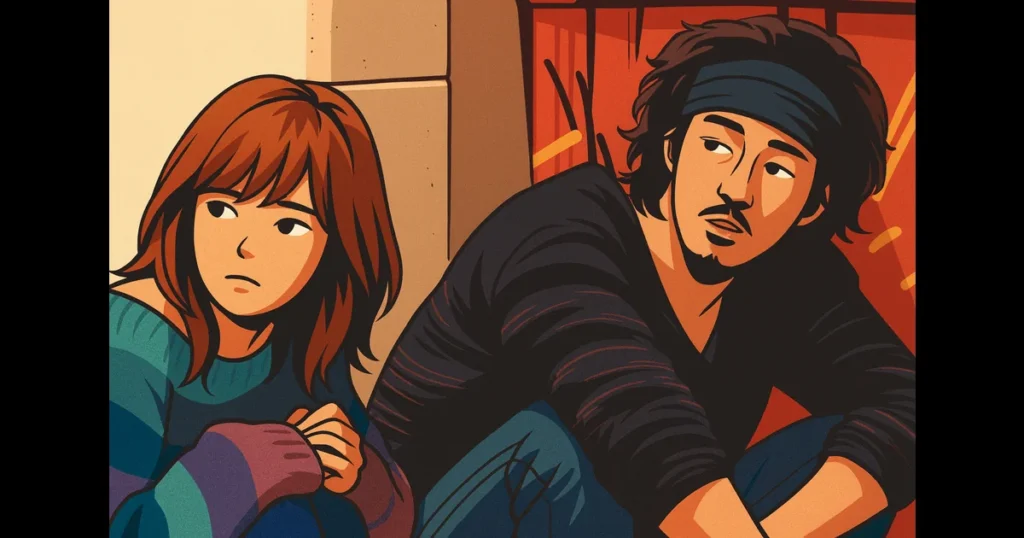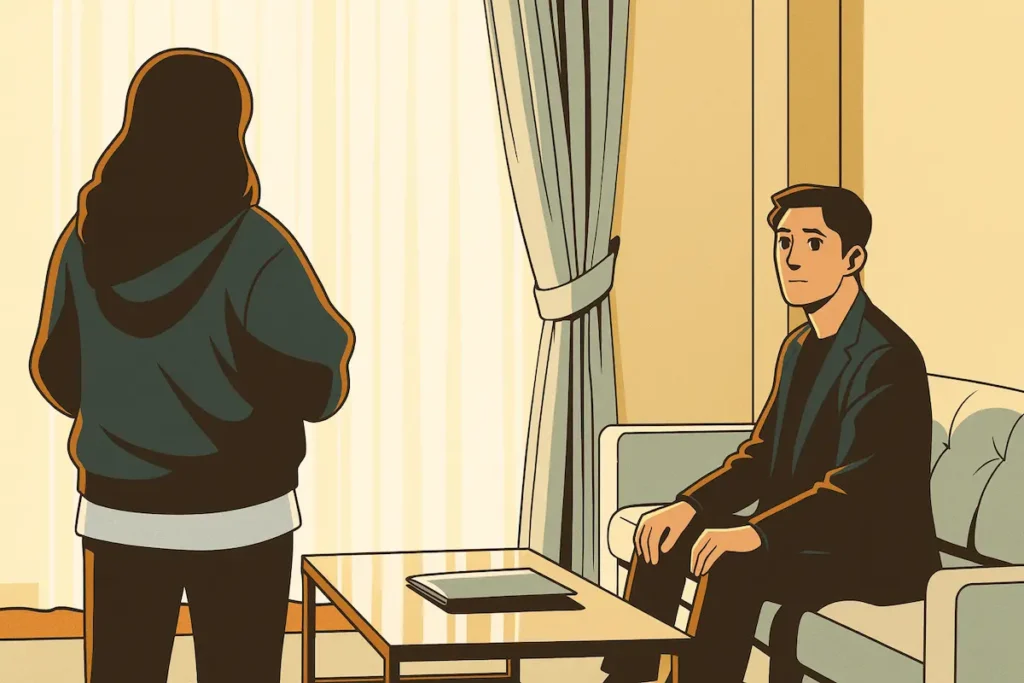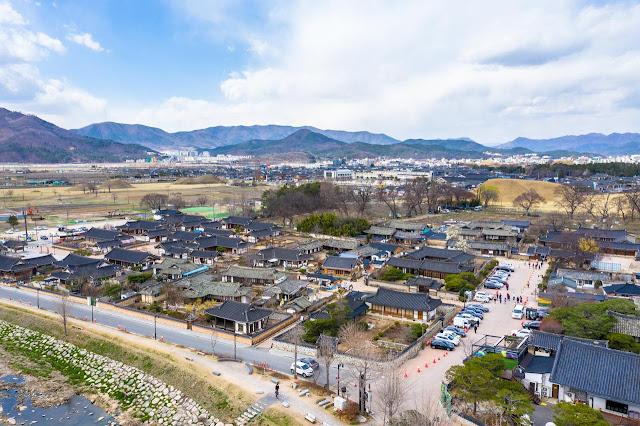Learn Korean History & Poetry: Yi Sun-sin’s “Hansan Island” Sijo
Explore the poetic soul of Korea’s revered naval commander Yi Sun-sin through his sijo, “On a Moonlit Night at Hansan Island.” Written during the Imjin War, this piece reveals his inner turmoil and military resolve. Learn its historical and grammatical context, and dive into the emotional nuance that continues to move readers centuries later.
Learn Korean History & Poetry: Yi Sun-sin’s “Hansan Island” Sijo Read More »
